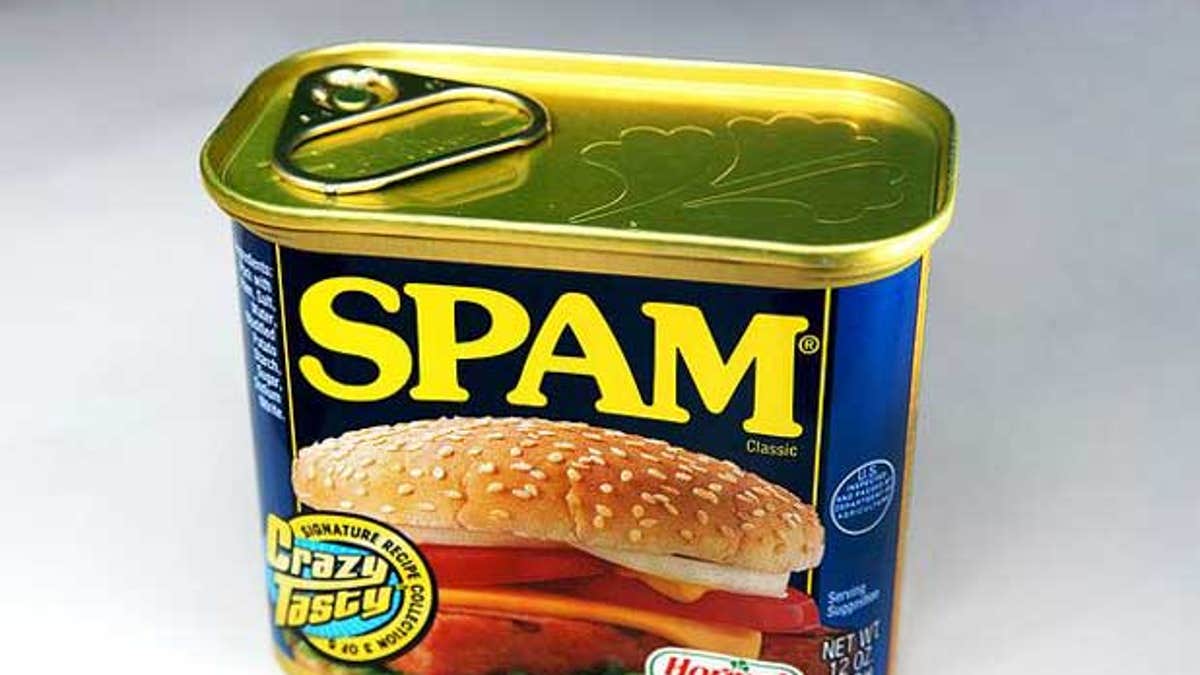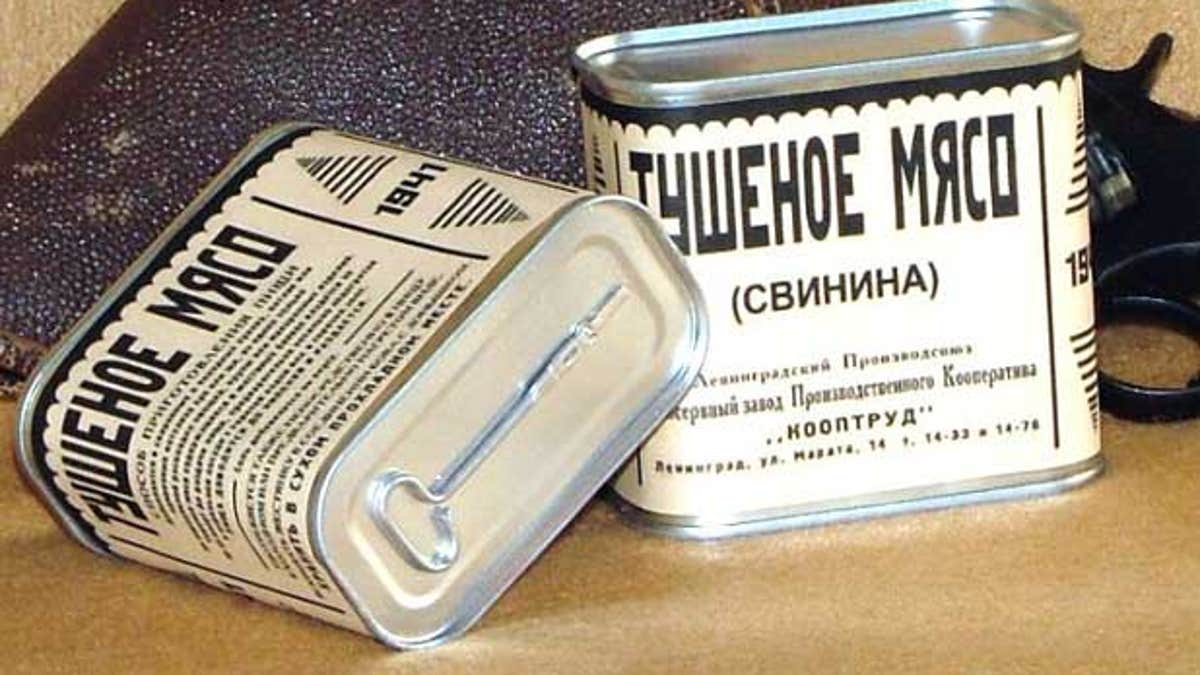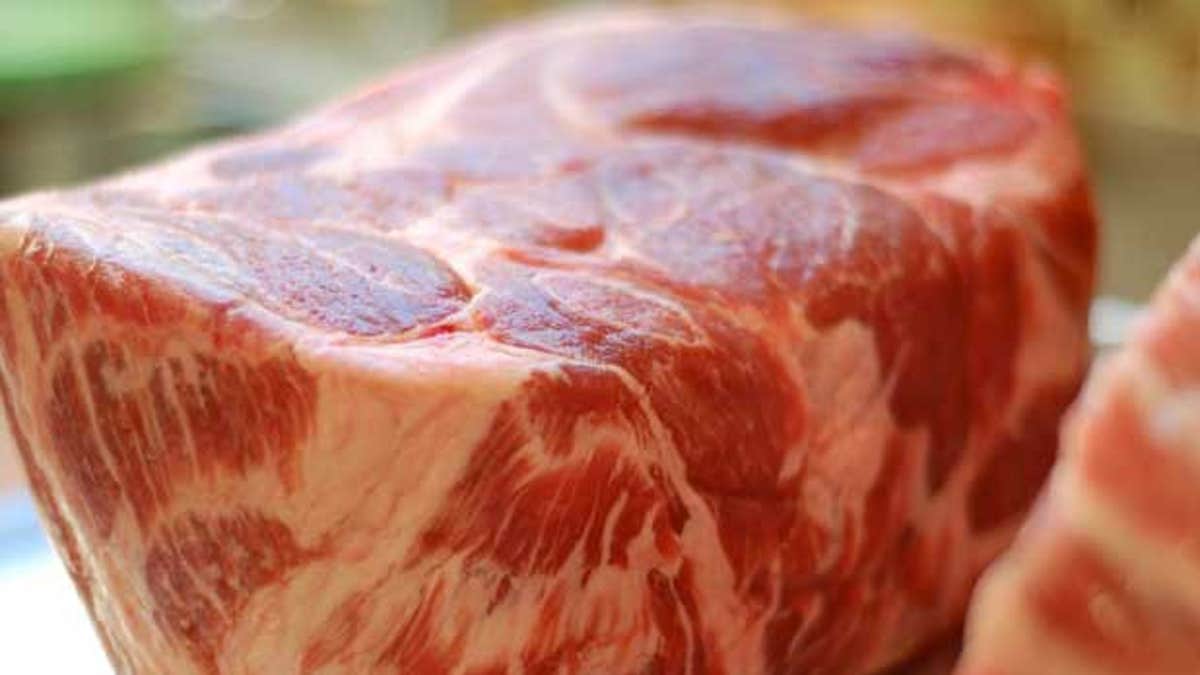Spam, Spam, Spam, Spam… is there any food product in existence that’s been mocked more than Spam?
Twinkies, possibly, but deep down, everyone secretly loves Twinkies. We can’t say the same thing for Spam. When it comes to Spam you either love it or you hate it, and it’s actually one of the more fascinating food products out there, with a long, wild history. We’ve assembled a few facts that you probably didn’t know about this legendary lunchmeat.
Spam (or officially, SPAM), was introduced by the Hormel Foods Corporation in 1937. At the time, the fact that meat could be kept fresh for years by canning it was incredibly novel. It was rationed to troops during World War II, and while the Europeans the GI’s exposed to the canned meat largely didn’t want to have anything to do with it (except for the British), those on the Pacific front fell in love with it, and it’s still extremely popular there to this day.
After the war, Hormel launched a massive publicity campaign for the canned ham, recruiting a group of former servicewomen, whom they dubbed the ‘Hormel Girls,’ to tour the country promoting the product. By 1948 the group had swelled to 60 women with a 16-piece orchestra, and they were even given a radio show which aired until the group disbanded in 1953.
Spam has kept a relatively low profile since then, living out its lengthy shelf-life in the canned foods section of supermarkets and convenience stores worldwide while keeping its cult-following strong and continuing to fend off canned-meat competitors like Treet. Gone are the days when Hormel would actively use Spam in advertising campaigns to create wonders of nature like the Spam Upside Down Pie or the Spamburger Hamburger. Today, there are 14 varieties of Spam available around the world, including Turkey Spam, Teriyaki Spam, and Spam with bacon, chorizo, or cheese. There’s also a Spam Spread, hickory smoke-flavored Spam, and Spam “Meals for 1” including Spam & Sausage Jambalaya, Spam & Penne Pasta in Alfredo Sauce, and Spam & Red Beans with Rice.
Whether you’re a Spamaholic, an occasional dabbler, or complete Spam novice, we’re sure that you’ll find these facts about the world’s most famous luncheon loaf fascinating.
So read on to learn a few things you didn’t know about Spam.
1. The name is still a mystery

(Flickr/timag)
While most people assume SPAM is short for “spiced ham,” only a handful of people know its true origin — and they’re not telling. The name was actually suggested in naming contest by Ken Daigneau, a Hormel VP’s brother, before the product was introduced in 1937. Daigneau won a naming contest and $100. Other theories include “special processed American meat” and “shoulders of pork and ham.”
2. It powered the Russians during WWII

(reprorations.com)
While it’s common knowledge that Spam was popular with American GI’s, a whopping 100 million pounds of the stuff was consumed by Russian forces during the war. “Without Spam, we wouldn’t have been able to feed our army,” Russian Premier Nikita Krushchev later said.
3. There used to be a mascot

(486thorg.com)
Ever hear of Slammin’ Spammy? He was a machine gun-toting, bomb-hurling, angry-faced pig introduced by Hormel to help support the war effort, and showed up on everything from clothing to bombers.
4. The amount produced is insane

(Flickr/joe lively)
A whopping 44,000 cans of spam, or 33,000 pounds, are produced every hour worldwide, to be consumed in more than 40 countries. That’s a whole lot of Spam.
5. It’s no mystery meat

(Flickr/luisramir)
Hormel has always been pretty straightforward about what goes into the can, even though people continue to be wary of it. It’s made with pork shoulder and ham, along with salt, water, sugar, potato starch, and nitrites. It’s basically made from the same stuff as hot dogs.
See more crazy facts about Spam.
More from The Daily Meal
7 Things You Didn’t Know You Could Eat
10 Things You Didn’t Know About Avocados
16 Humiliating and Hilarious Food and Drink Product Fails
